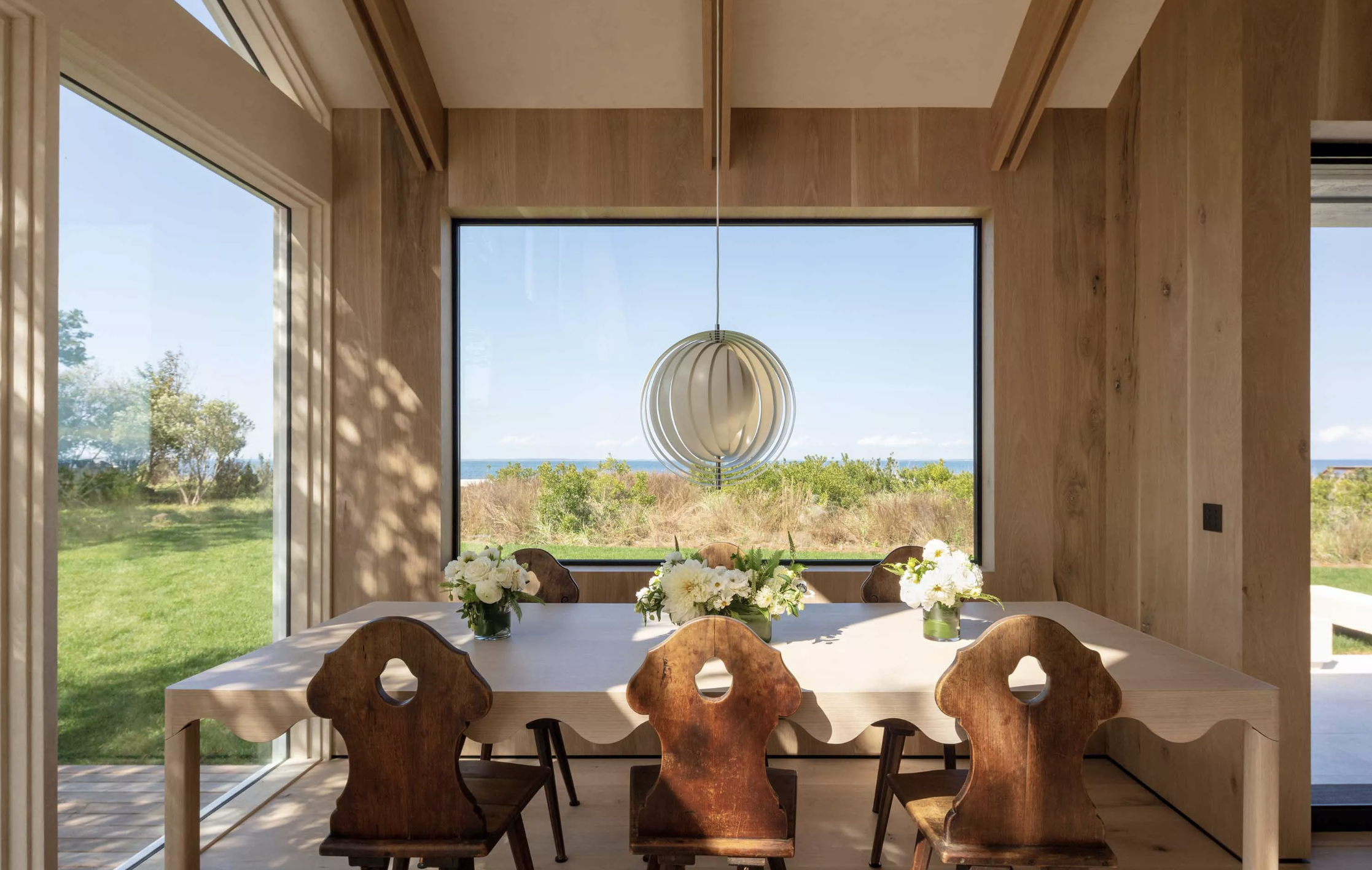
Home automation is no longer a futuristic concept—it’s an expectation. According to Parks Associates, the smart home industry is projected to reach $12.6 billion in annual revenue by 2027, driven by demand for seamless, intuitive technology. Yet many interior designers often hesitate to introduce their clients to home control systems, fearing perceived complexity, potential delays in project timelines, a disconnect from their aesthetic vision, and the risk of the client working with an unreliable home technology contractor that might tarnish their reputation.
Lutron, a leader in lighting and shading for more than 50 years, bridges this gap. Their solutions don’t just add life-changing technology to homes, they enhance the project’s design, making homes more beautiful, functional, and responsive to the way people live.
Why Smart Home Technology Belongs in Every Designer’s Toolkit
David Weinstein of Lutron often hears a common misconception from designers: “Clients sometimes share that they want nothing more than simple switches.” While they may say that, the reality is different. Homeowners today are increasingly inspired by aesthetically and functionally enhancing lifestyle solutions. They are becoming more accustomed to controlling their thermostats, security systems, and entertainment with a tap or voice command. More and more educated and aware clients expect the same sophistication and functionality in lighting and shading systems, especially in luxury residential projects.
"Lighting isn’t just about illumination anymore," says Al Reinhard, principal of HTA Certified integrator AHT Global Miami. "It’s about creating an experience. When clients see how automated shades and dynamic lighting can transform a room, they immediately understand the value."

The Power of Lighting That Adapts to Life
Consider a recent project where a designer was tasked with modernizing a historic, UNESCO-recognized structure by Frank Lloyd Wright. The challenge was integrating an intelligent and dynamic lighting and shading system without disrupting the design integrity of perhaps the most lauded architect of all time. Lutron’s Ketra lighting system provided the answer, replicating natural daylight transitions to enhance original details while remaining invisible. Meanwhile, Sivoia QED roller shades blend seamlessly into the existing trim, offering ultra-quiet and precise daylight control without bulky hardware.
The result? A building that preserved its heritage while gaining luxury-level functionality, proving that great design and innovative technology can coexist beautifully. “When we saw the Ketra lighting, we recognized the opportunity to present the historic core of Taliesin West. … Frank Lloyd Wright was all about testing boundaries and using new technologies. Everything just fit,” says Fred Prozzillo, The Nord McClintock Family VP of Preservation and Collections, Frank Lloyd Wright Foundation.

How Lutron Simplifies Smart Design for Interior Designers
For designers, navigating the technical side of automation can feel overwhelming. That’s why Lutron developed the Lutron Luxury App, a tool that demystifies smart lighting and shading.
The app allows designers to explore product options, visualize how motorized shades integrate with different fabrics, and even demonstrate lighting scenes to clients. Questions like "What fabrics are these shades available in?" or "What are my shade transparency options for day versus night applications?" are answered instantly, empowering designers to make confident recommendations.
"The app is like having a Lutron showroom at your fingertips," says Weinstein. "It helps designers focus on what they do best, creating stunning spaces—without needing to become tech experts."

The Next Frontier: Lighting as a Design Essential
Gone are the days when lighting was an afterthought. Today, it’s a foundational element of interior design, shaping mood, functionality, and even well-being. Lutron’s human-centric lighting systems, like Ketra and Rania, adjust color temperature throughout the day, supporting natural daylight rhythms while enhancing the aesthetics of the space.
Designer Sasha Bikoff, CEO, Sasha Bikoff Interior Design and owner of this gorgeous Hamptons barnhouse, used Ketra’s Natural Show feature to create a home that subtly shifted from energizing cool tones in the morning to warm, relaxing hues at night. The designer reported better sleep and a heightened sense of calm—proof that lighting doesn’t just illuminate a room; it transforms how people feel in it.

 “Talk about bringing the outside in…Where do you start? You start with the light,” says Bikoff. “The amazing thing about Ketra is that the light just lives with you throughout the day.”
“Talk about bringing the outside in…Where do you start? You start with the light,” says Bikoff. “The amazing thing about Ketra is that the light just lives with you throughout the day.”
The Future of Design is Collaborative—and Lutron is Leading the Way
The most successful projects happen when designers, architects, technology integrators, electricians, lighting designers, and luxury builders work together. Lutron fosters this collaboration by ensuring their systems are as easy for home integrators to configure and install, as they are for designers to specify. "Great design isn’t created in isolation," says Weinstein. "When designers embrace the way well designed lighting and shading systems enhance the home’s visual environment, they’re not just adding features—they’re elevating the entire home experience."
Experience the Difference for Yourself
For designers ready to explore the possibilities of intelligent lighting, Lutron offers immersive Experience Centers in New York, Los Angeles Austin, Florida, and Toronto where you will see and feel the difference firsthand. Alternatively, the Lutron Luxury App provides a digital gateway to the brand’s most advanced solutions.
As the line between design and technology continues to blur, one thing is clear: Lutron isn’t just keeping pace—it’s setting the standard. For interior designers, that means an opportunity to deliver not just beautiful spaces, but truly intelligent ones.
The question isn’t whether to introduce your clients to the value-added benefits of Lutron and Ketra solutions—it’s how soon you can start.


 Offers CEU Credits
Offers CEU Credits













